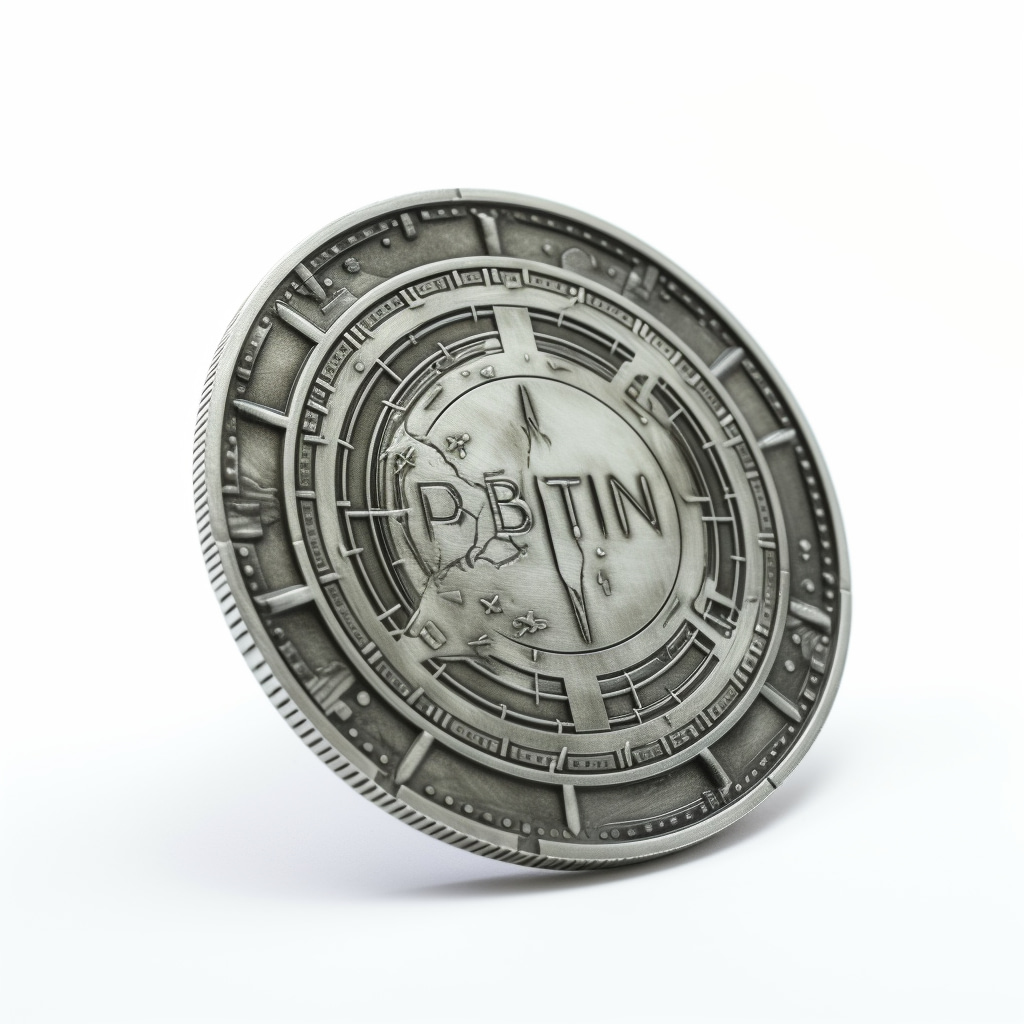Picture this: you're at a restaurant, ready to pay for your meal, and instead of reaching for your wallet, you whip out your smartphone, and in a flash, you've paid with digital currency. No, we're not talking about Bitcoin, but rather a new highly controversial form of digital currency that's making some people uncomfortable: Central Bank Digital Currencies (CBDCs).
The Basics: What Are Central Bank Digital Currencies?
CBDCs are digital forms of a country's fiat currency, issued and regulated by its central bank. Unlike cryptocurrencies, CBDCs are centralized and maintain the stability and "trustworthiness" of the traditional financial system.
As the world becomes increasingly digital, central banks around the globe are exploring the implementation of CBDCs to keep up with the pace of change.
Understanding The Technology Behind CBDCs
To get a better grasp of how CBDCs work, it's important to understand the technology behind them. Although each central bank may utilize different technologies, many CBDCs operate on distributed ledger technology (DLT), which runs on the blockchain.
DLT: The Backbone Of CBDCs
DLT is a decentralized digital database that allows multiple parties to access and update a public ledger simultaneously. By using DLT, CBDC transactions can be more "transparent", efficient, and secure, as they're recorded in a tamper-proof and time-stamped manner.
I highlight the word transparent, and trustworthiness because in all likelihood, the transparency aspect and trustworthiness of it all, will only be available to government bodies, and not the general public.
Bitcoin was created to fight such technologies and to give the average person a real shot at obtaining and storing wealth without the need for a trusted body.
The Two Types Of CBDCs: Retail And Wholesale
CBDCs can be categorized into two types: retail and wholesale.
Retail CBDCs: Money For The Masses
Retail CBDCs are digital currencies designed for everyday use by the general public. They can be used for buying goods and services, making peer-to-peer transactions, and as a store of value. Retail CBDCs have the potential to make payments faster, more secure, and more accessible, especially in countries with a large unbanked population.
Wholesale CBDCs: Powering Financial Institutions
Wholesale CBDCs, on the other hand, are designed for use by financial institutions for interbank transactions and settlements. By using wholesale CBDCs, financial institutions can streamline their processes, reduce costs, and increase the speed and security of transactions.
The Dark Side Of CBDCs: Unveiling The Potential Downsides

As the buzz slowly continues to grow, it's important to not only focus on the potential benefits but also to be aware of the possible downsides. Let's dive into some of the key concerns and challenges associated with the implementation and widespread adoption of this controversial technology.
The Threat To Financial Privacy: Big Brother Is Watching
One of the most significant concerns surrounding CBDCs is the potential erosion of financial privacy. With digital currencies being traceable by design, there is a huge risk of increased surveillance by governments and central banks. This heightened scrutiny could lead to a loss of anonymity for users, as their financial transactions become more transparent and easily monitored.
If you're visiting websites your government doesn't approve of, or conducting business in a way that's mildy offensive, your central authority will have the power to shut down your ability to spend your money at will.
Take a look at China and its social credit score system.
The social credit system is designed to reward good behavior and punish bad behavior. Individuals and companies with good credit records may receive preferential treatment from the government, while those with poor records may face public disclosure of their information and restrictions on activities like government procurement bids or luxury consumption.
While a Western model would most likely launch without many restrictions, things could change down the road as regulation and policy attitudes shift towards a more dystopian model.
Cybersecurity Concerns: The Digital Battlefield
The digital nature of CBDCs makes them vulnerable to cybersecurity threats. Hackers and cybercriminals could potentially target the infrastructure of digital currencies, leading to data breaches, theft, and other security incidents. Central banks must invest heavily in cutting-edge cybersecurity measures to protect the integrity of CBDCs and ensure their safety and reliability.
Disintermediation Risks: Banking On The Brink
CBDCs could pose a threat to the traditional banking system, as they have the potential to bypass intermediaries such as banks and other financial institutions. As people increasingly adopt CBDCs, banks may see a reduction in deposits, which could impact their lending capabilities and overall stability. This disintermediation could lead to significant changes in the financial ecosystem and may require a reevaluation of the role of banks in the future.
I mainly suspect, the smaller banks to be the most affected by this change, and larger banks to not only go unscathed but introduce their own blockchain technology to increase adoption.
Digital Divide: Leaving Some Behind
While CBDCs can promote financial inclusion, they may also exacerbate the digital divide. Those without access to smartphones, the internet, or digital literacy may find themselves excluded from the benefits of CBDCs. This digital gap could lead to further economic disparities and social inequalities, especially in developing countries with limited access to technology.
Financial Stability Concerns: Navigating Uncharted Waters
The widespread adoption of CBDCs could have unforeseen consequences on financial stability. For instance, during times of economic uncertainty, people might rapidly convert their bank deposits into CBDCs, potentially causing a "bank run" and destabilizing the financial system. Central banks must carefully design their CBDCs and monitor their impact on the financial ecosystem to mitigate such risks.
Regulatory Challenges: Taming The Digital Wild West
As CBDCs continue to evolve, the need for robust regulatory frameworks becomes increasingly apparent. Central banks and governments must work together to establish clear guidelines and regulations that address issues such as money laundering, tax evasion, and illicit activities involving digital currencies. Developing and implementing these regulations will be a complex and time-consuming process, as it requires collaboration between various stakeholders and a thorough understanding of the nuances of digital finance.
The Final Word: Proceed With Caution
While Central Bank Digital Currencies hold immense potential to revolutionize the financial landscape, it's essential to carefully consider the potential downsides and challenges they present. By the way, things are going, it's likely the financial world will adopt this technology in the near future. Banks are in a liquidity crisis, and major countries are in huge debt. There's a switch in the monetary system coming, that's going to rapidly change the course of your future, and that switch is already underway.
Matt is the founder of TechMalak. When he's not buried face-deep in the crypto charts you can find him tinkering with the latest tech gadgets and A. I tools. He's a crypto investor and entrepreneur. He uses a mixture of A.I and human thought and input into all his articles on TechMalak, further merging man with machine.





